

We will help the 79th, 28th, 36th brigades and the 128th TRO unit with tools!
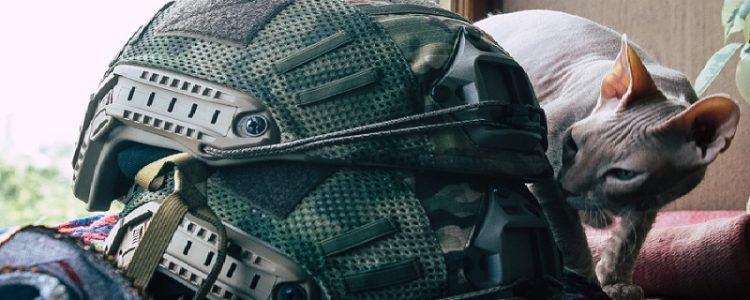
Ukraine military equipment is a set of means and tools used by the armed forces to perform the tasks assigned to them. Including, it is used to help soldiers perform their tasks more efficiently and safely, whether it is protecting their country, carrying out peacekeeping missions, or participating in combat operations.
As military equipment is an inclusive concept, in this article, we will consider those types aimed at protecting the life and health of soldiers, facilitating the performance of combat tasks, and improving living conditions. The list we provided is nowise exhaustive and does not include weapons (except knives and multitools), ammunition, and military vehicles.
Personal protective equipment is equipment and gear that can be used to protect the body and senses in potentially dangerous or threatening situations. These can be items such as bulletproof vests, ballistic helmets, tactical gloves, eye and hearing protection, etc.
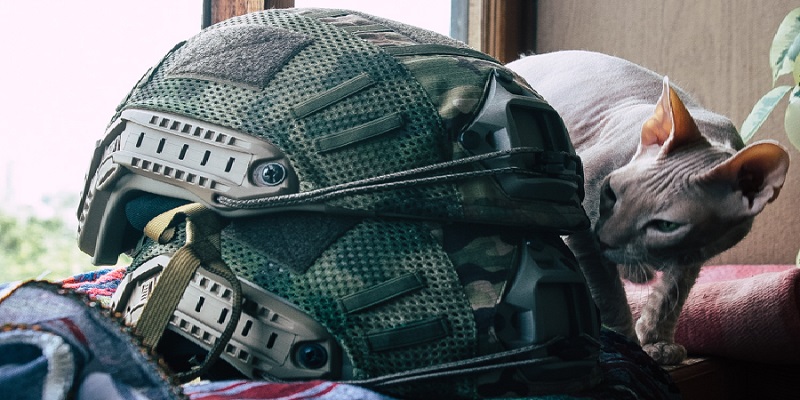
Ballistic helmets are an important type of tactical personal protective equipment. They are designed to protect against head injuries, blows with blunt objects, blast waves, and ballistic threats. Tactical helmets can be adapted to be worn with protective earmuffs and face shields. Attachment points for accessories such as night vision goggles or communication systems can also be provided structurally.
Currently, modern bulletproof helmets are made from non-metallic composite materials such as Kevlar and Aramid and are superior in terms to their predecessors – metal helmets. According to the American standards of the National Institute of Justice (NIJ) – Standard 0101.06, Ballistic Resistance of Body Armor, Standard 0108.01, Ballistic Resistant Protective Materials, the highest degree of protection for a helmet is NIJ LEVEL IIIA.
Protection level IIIA according to standard 0108.01 ideally means that the helmet has been tested to protect against the following threats:
In addition to bulletproofing, the helmet must pass the V50 test for protection against small fragments, which is the gold standard in this regard. This test is unified and prescribed by the standards of the USA, Great Britain, and NATO.
In view of the foregoing, the concept of a bulletproof helmet is very relative, and absolutely safe helmets do not exist. Even with the highest class of protection, it can protect its owner only from a bullet of a pistol cartridge. What can we say about 5.45 mm caliber bullets and 7.62 mm, which are equipped with modern assault rifles and machine guns? Also, the distance of the shot, the angle of impact, and other factors are very important too.
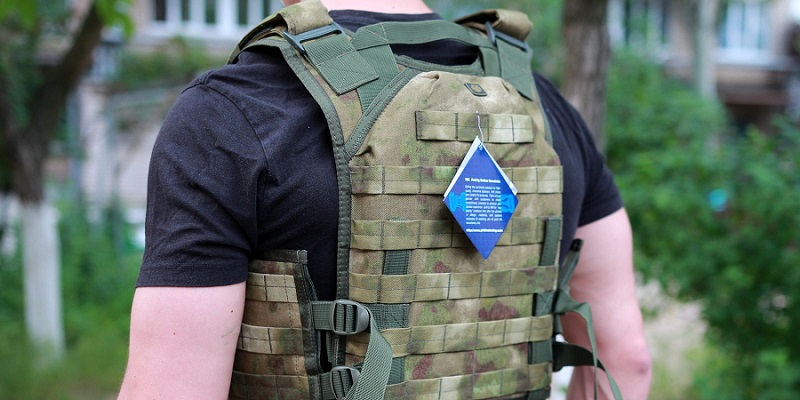
Body armor is one of the most common types of tactical personal protective equipment. It must protect against various types of ballistic threats, including pistol and rifle bullets. Bulletproof vests are typically made from materials such as metal, Kevlar, or ceramic and can come in a variety of styles and levels of protection.
According to the same US standards, there are five NIJ armor protection levels — IIA, II, IIIA, III, and IV. The “A” on some levels means that the vest offers more protection than the previous level, but doesn’t meet the standards of the next level, so it’s usually a half step up. Although there is a first level of armor, it is morally obsolete and is no longer used due to the low level of resistance.
In the conditions of real combat operations using assault rifles and sniper rifles, bulletproof vests should be at least NIJ LEVEL III, and even better NIJ LEVEL IV, because they are able to stop bullets starting with the caliber 5.45×39 mm, which are fired by the AK-74 and its modifications.
According to the Ukrainian requirements of the “Standard for the classification of classes of ballistic protection – Ukrainian government standard 8782:2018”, NIJ LEVEL III and NIJ LEVEL IV are roughly equivalent to 3-4 and 5-6 classes, respectively. The highest protection class 6 according to this standard must withstand a shot of an armor-piercing incendiary cartridge of caliber 7.62 x 54 mm. from a distance of 10 meters.
It is very important to determine in advance under which standard a particular bulletproof vest is tested in order to avoid confusion regarding compliance classes. After all, the price of a mistake can be the life or health of the defender.
Another important aspect of a soldier’s tactical personal equipment is comprehensive arm and leg protection, which includes elbow pads, knee pads, and tactical gloves. They increase the mobility and endurance of fighters, especially in the conditions of urban combat, when everything is littered with broken glass, small stones, and other debris. Also, shields on the elbows and knees can protect the joints from light shrapnel wounds and other injuries.
As for tactical gloves, they not only provide hand and finger protection, but can also include other features such as reinforced knuckles, cut resistance, and touchscreen compatibility.
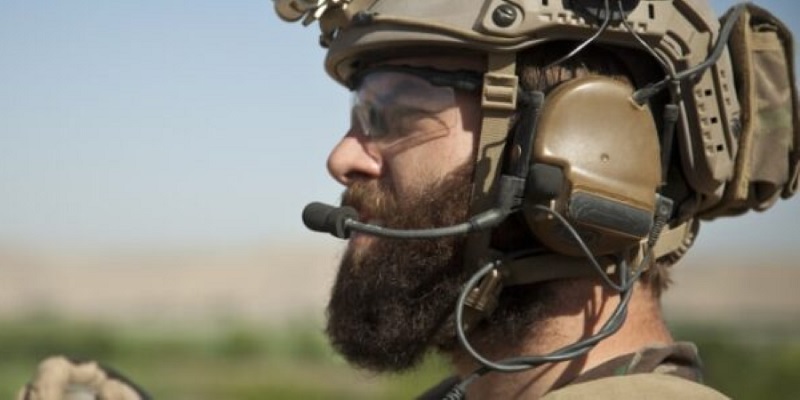
Eye hazards come in many forms in both combat and training environments. They range from cluster munitions, soil particles, and debris to invisible hazards such as ultraviolet radiation.
If the soldier is not protected, his vision can be temporarily or permanently disabled, which can compromise the performance of the combat mission. Therefore, tactical glasses help maintain productivity in both combat and training by reducing the risks associated with exposure to such hazards.
Glasses can be considered tactical if they protect the eyes from damage by fragments moving at a speed of 275 m/s. Also, this type of protection can prevent damage from a bright flash and high temperatures during an explosion.
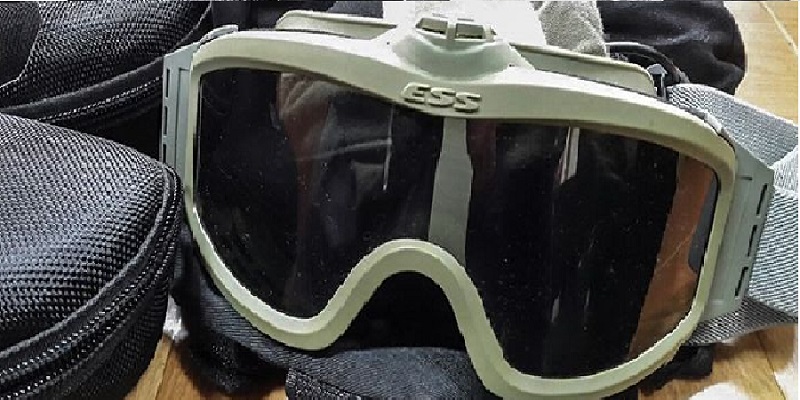
Most military goggles have adjustable straps and soft contact for a snug and comfortable fit. They can be transparent or tinted to reduce glare and increase optical clarity and contrast.
Military Goggles are most in demand among drivers of armored vehicles, drivers of cars that move without a windshield, and military personnel who move openly on armor. This is due to the fact that military glass protects the eyes from wind, road dust, and small fragments.
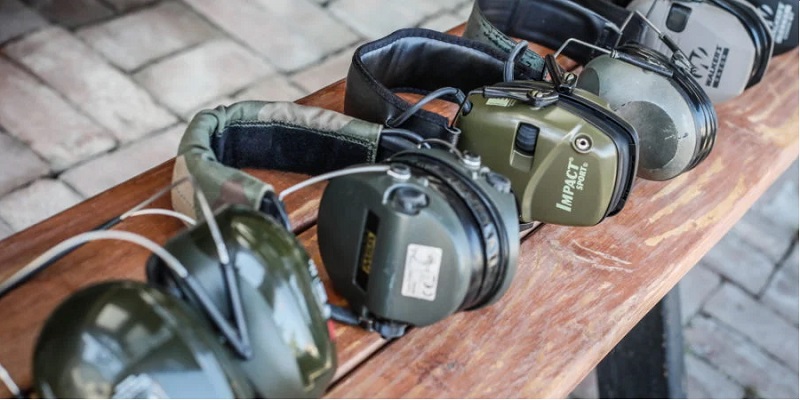
Unlike passive hearing protection, such as regular earplugs, active headphones use active noise-canceling technology to reduce or eliminate outside noise. These headphones usually have built-in microphones that pick up outside noises and then generate an inverted sound wave to cancel out the noise before it reaches the listener’s ear.
In addition to noise cancellation, active headphones may also include built-in microphones for radio communication and volume controls. They prevent the occurrence of barotrauma and are especially useful for the crews of armored vehicles, artillery, and mortarmen.
How much ammunition an individual soldier can take with him, depends on the chances of survival as his own so as a team in a battle. Unloading systems are responsible for this, and allow you to distribute the load and ensure the most effective weight transfer.
Modern types of personal automatic weapons of Ukrainian military personnel have a high rate of fire, which determines the high speed of ammunition used, due to which soldiers have to equip themselves with a large number of cartridges and magazines.
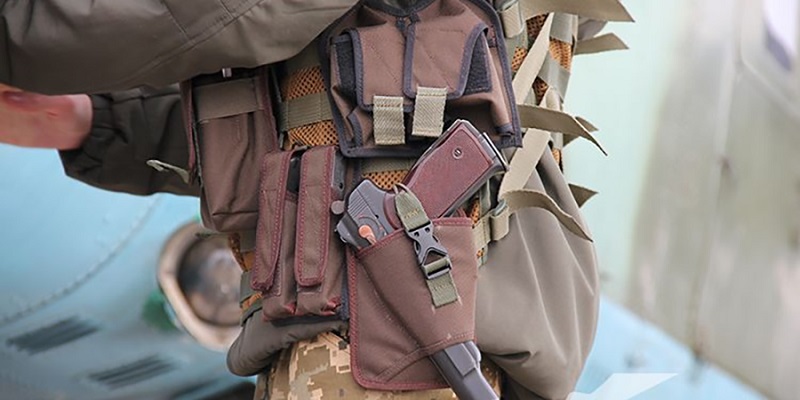
A load-bearing vest allows you to carry a sufficient amount of ammunition without restriction in mobility and comes in the form of vests and suspenders. The main difference between unloading vests and suspenders is that vests are worn over armor, while suspenders can be under the body armor or outside.
Load-bearing belts or tactical belts perform the same function as suspenders. But due to the lack of shoulder straps, they allow you to take a smaller number of things, because the increased weight can cause the belt to slide to the bottom. Their advantage is a quick reset function, which is useful for increasing mobility or facilitating the transport of the wounded.
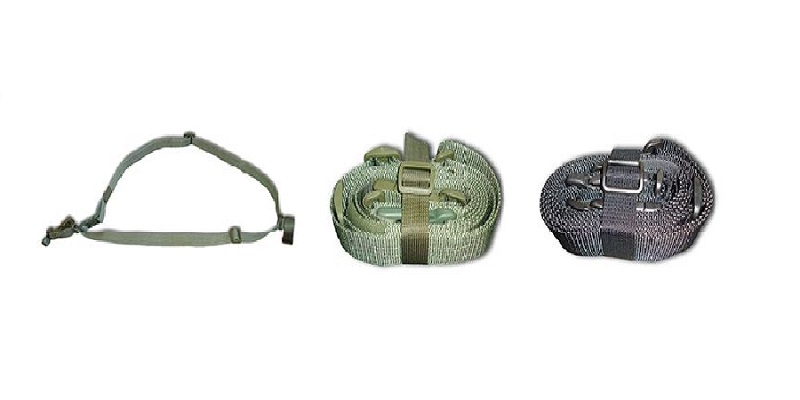
Tactical rifle slings are classified according to the points of attachment to the weapon, and have the following types:
Single-point tactical sling – is attached to the weapon with one carabiner and have the form of a loop, which allows you to quickly bring the weapon to fire. The main disadvantage of such a layout is that the weapon is not fixed when moving quickly.
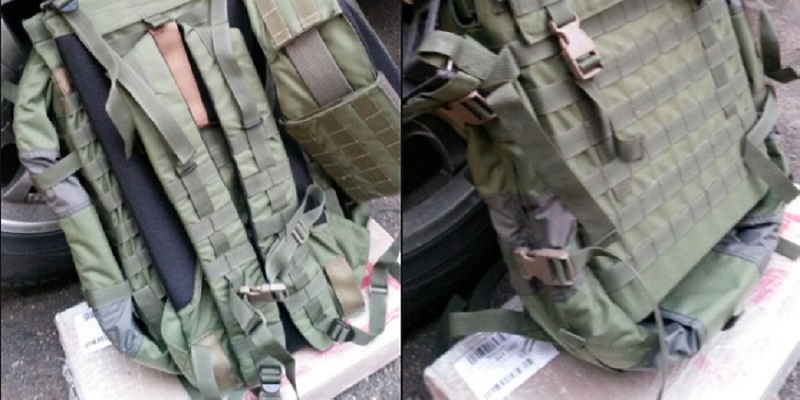
The MOLLE system or Modular Lightweight Load-carrying Equipment is a modular lightweight load-carrying equipment. It was first developed in the late 1990s by the United States Army and has since been adopted by many other armed forces around the world.
The system is based on a modular design that allows soldiers to customize their equipment according to their individual needs and tasks. The system consists of a series of webbing loops and straps that can be used to attach different types of modules such as ammunition magazines, hydration systems, medical kits, and communication devices.
One of the key advantages of the MOLLE system is its versatility. Soldiers can easily add or remove pouches and other organizers as needed, allowing them to adapt to specific combat mission requirements or environmental conditions. Also, the system is designed to be lightweight and comfortable, reducing fatigue and allowing soldiers to operate more effectively in the field.
Tactical backpacks are made with military utility in mind. They are equipped with military-originated features such as hydration beg, MOLLE webbing, and ammo pouches.
Under the lower bar, backpacks usually start from 5 liters and reach 65 liters and more. Below are general guidelines for choosing your backpack size.
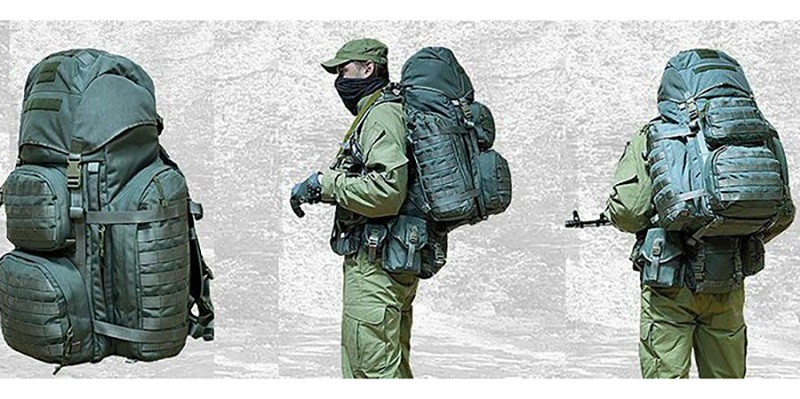
Every-day carrying (EDC) tactical backpacks are designed to hold only the essentials you need to carry every day. Sometimes they are also called 12-hour bags. These backpacks vary in size from 5 to 35 liters.
If you are planning a long hike, it would be wise to bring a three-day backpack. These backpacks can hold everything you might need for a few days and have many useful features. Backpacks of this type are very large, usually from 40 to 65 liters in volume.
Tactical medical equipment is specialized medical equipment designed for use in stressful, fast-moving, and often dangerous situations during combat operations. It is designed to provide the tools necessary to provide immediate and effective care, saving lives and health.
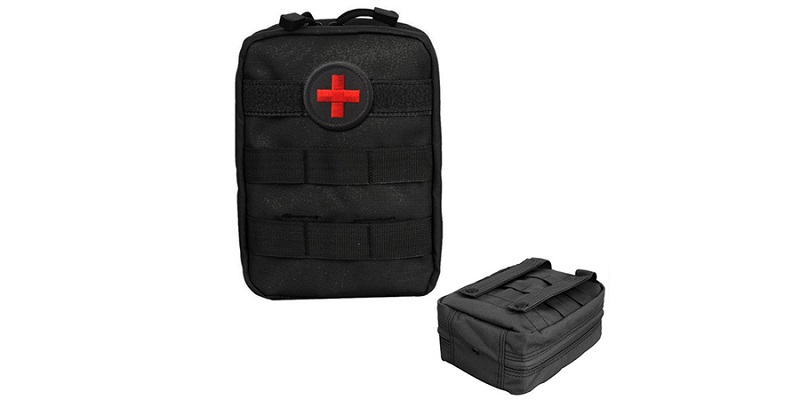
IFAK (Individual First Aid Kit) of the Armed Forces of Ukraine is created according to the model of the IFAK based on NATO standards. Designed to provide first aid to prevent serious injury consequences. They are designed according to the MOLLE system and can be attached both to body armor, tactical suspender, and to tactical backpacks.
The tactical first aid kit contains:
These items are specifically designed to provide immediate care to individuals who have suffered traumatic injuries or require emergency medical care.
Although according to the standard, there are two tourniquets in the military first aid kit, the soldier should have four – two tourniquets for the arms and two for the legs, since small shrapnel wounds can injure all limbs. Tourniquet should be unpacked and easily accessible. The best way to attach them to body armor or suspender for quick use, if necessary.
As for hemostatic agents, it is not recommended to use the drug CELOX and its analogs, because although it stops bleeding, it causes tissue necrosis in the area of use subsequently. The safest thing is to tamponade the wound with an ordinary sterile bandage.
Rescue stretchers play an important role in the transport and care of patients, ensuring the safe and comfortable movement of victims during emergency situations. The design and features of medical stretchers can vary depending on the specific needs of the patient and the transport environment, but in this article, we will consider two types – and soft medical stretchers.
Military canvas stretchers or board stretchers must be used for transporting patients with suspected spinal cord injuries or multiple fractures. Usually, such stretchers are made from rigid materials.
They are made of soft materials. The main advantage is their compactness and lightness. Prohibited for use with spinal injuries or pelvic fractures.
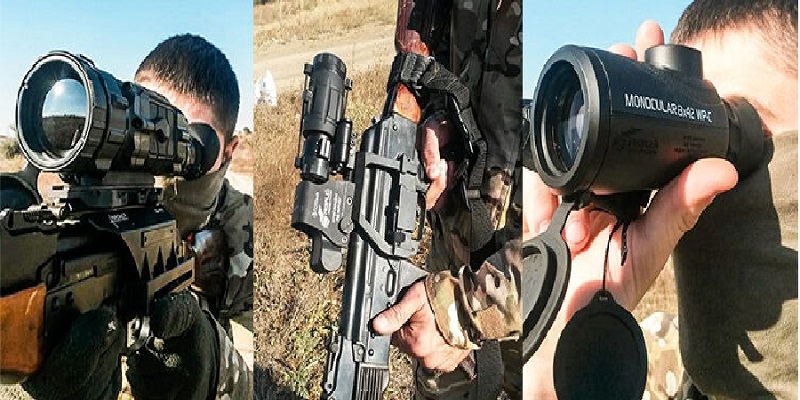
Perhaps the most important in combat conditions, after weapons, ammunition, and individual protection, are means of surveillance. Tactical optics includes a number of devices such as scopes, collimators, binoculars, monoculars, night vision devices, and thermal imagers. We will look at optics that are not related to aiming and weapons.
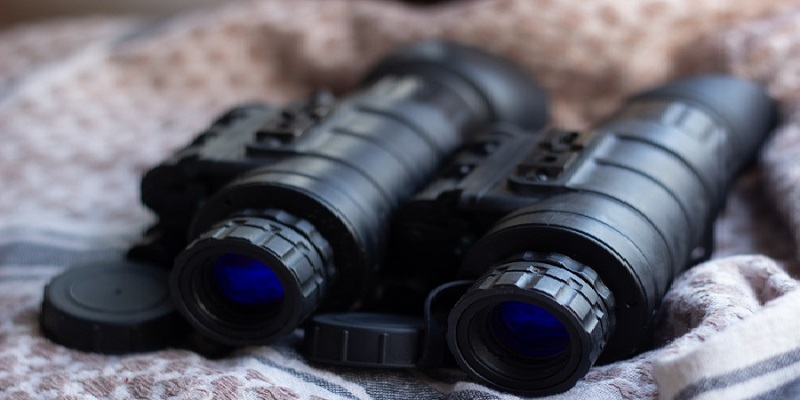
The optical instruments used to magnify distant objects or details. The marking on tactical binoculars and monocles, for example, 7×30, indicates the magnification of the image. In this case, seven times, and the diameter of the lens is expressed in millimeters. The larger the diameter of the lens of the device, the greater the luminous power. Important characteristics of such tactical optics are moisture resistance, a rangefinder grid, and a compass.
Night vision devices, or PVS (Portable Visual Search), are equipped with technology that allows them to detect and amplify available light sources to provide improved visibility in low-light conditions. PVS can be attached to a fighter’s helmet, which allows for night combat or active reconnaissance.
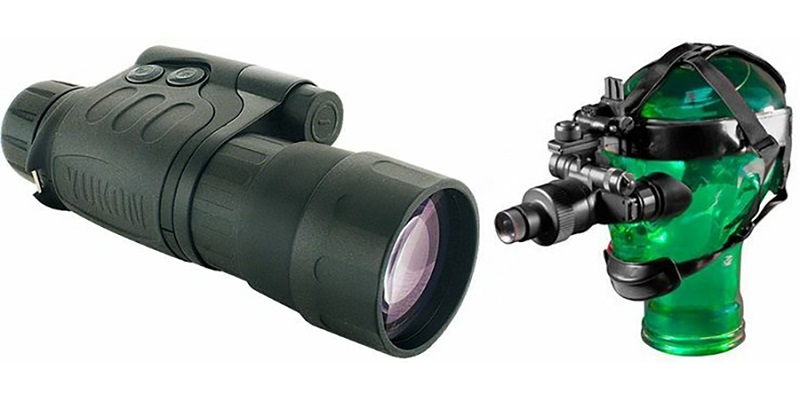
Night vision technology collects the small amount of ambient light available in a dark environment, such as moonlight or starlight, and then amplifies it to make it visible to the user. The collected light is processed through an electron-optical converter, which converts photons of light into electrons. These electrons are then amplified and converted back into visible light, which is then displayed on a screen or viewed through an eyepiece. There are several types of night vision technology, including light intensifiers and infrared devices.
It is recommended to check that such devices are turned off when not in use, as this not only shortens the life of the battery or accumulator but also affects the limited resource of use, expressed in hours. Depending on the generation, such devices have a resource of 1,000 to 10,000 hours of operation.
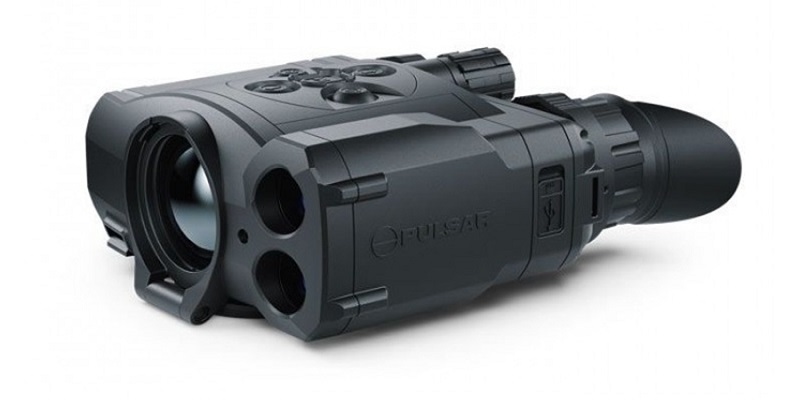
Thermal imagers work by detecting and measuring infrared radiation (heat) from objects and then converting it into an image. All objects emit infrared radiation proportional to their temperature, and thermal imagers detect this radiation using a special sensor called a microbolometer.
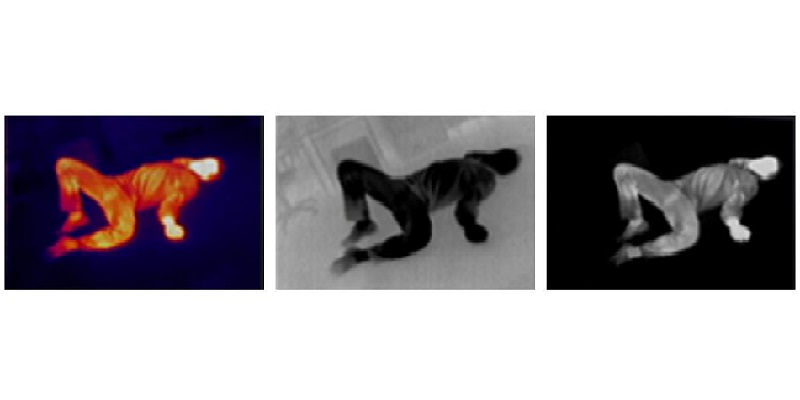
A microbolometer consists of a series of tiny heat-sensitive elements that detect infrared radiation emitted by objects in the field of view. An image is usually displayed in a color gradient, with warmer objects appearing as brighter colors, such as red or yellow, and cooler objects appearing as darker colors, such as blue or purple.
A military thermal imager is a vital device in field conditions, as it helps to detect ambushes and warns of the approach of the enemy to the positions. Modern thermal imagers allow photo and video recording for further analysis.
Ukraine military equipment for a trip is developed or modified for military use based on existing commercial or civilian technology. It is used in military operations to enhance the military’s ability to perform combat missions and maintain a tactical advantage over adversaries.
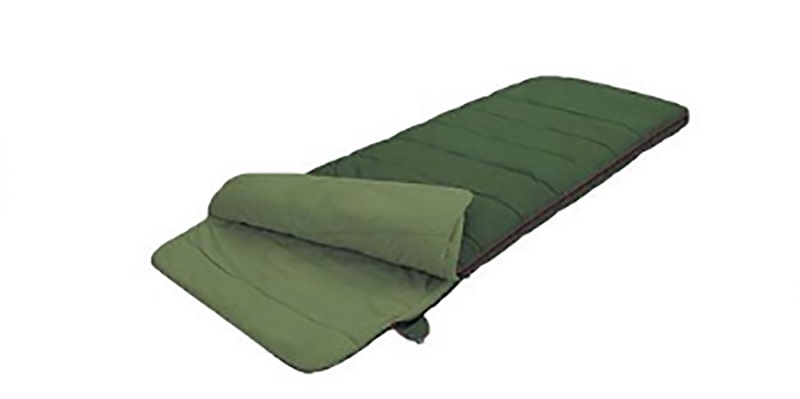
Sleeping bags and blankets are designed to provide comfortable conditions for sleep and rest in hiking conditions. By seasonality, sleeping bags are divided into winter, summer, and multi-seasonal. There are also sleeping bag transformers that turn into a blanket, a bag, or a pillow.
Portable mats and mattresses are light in weight and perform a heat-insulating function well. During military operations, as a rule, non-brightly colored foam mats, and camouflaged mats are used.
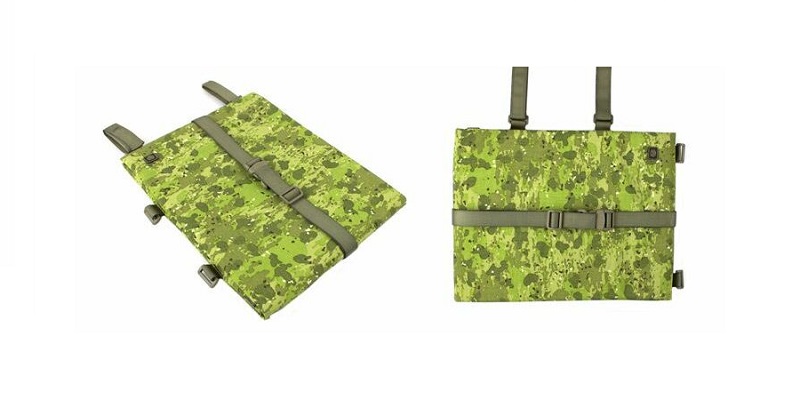
You can also make inserts for the knees and elbows from the foam karrimat and put them in special pockets, which are provided in the modern Ukrainian uniform. Also, they can easily be made into seats to prevent hypothermia in harsh field conditions.
It is difficult to overestimate the importance of ropes and carabiners in military affairs since they have multiple meanings. Starting with simple tying things and ending with mountaineering. The practice of evacuating wounded persons under the fire with the help of carabiners and ropes, when the rescuer is in the shelter, became quite common.
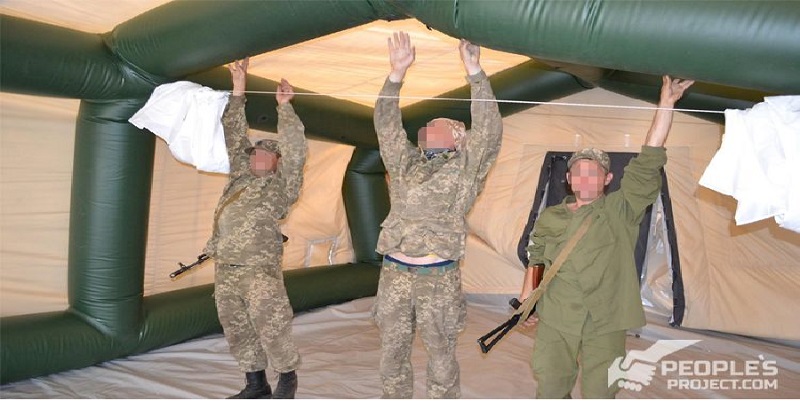
Military tents are portable shelters used by military personnel for a variety of purposes, including temporary housing, command posts, medical facilities, and storage. They are designed to be lightweight, durable, and easy to install and remove, making them ideal for field use. As a rule, they are self-colored or camouflaged.
Raincoats are individual outerwear to protect against rain and moisture. Can be transformed into a tent. Also, army raincoats, in case of extreme necessity, can perform the function of soft stretchers for evacuating wounded persons.
The ability to make a fire has always been one of the most valuable for mankind. But in combat conditions, fire and smoke can unmask positions for the enemy. Therefore, in this case, a burner with a gas cylinder is the best alternative. With their help, a soldier can not only provide himself with hot coffee or tea but also prepare food. Especially, when there are sublimated dry rations that require the addition of hot water.
As water is a critical resource for survival, we have to pay attention to the materials from which the flask is made. It is recommended to choose flasks that are made of high-quality plastic or stainless steel. Old Soviet-style army flasks were made of aluminum, due the water had a metallic taste and it was conditionally drinkable.
As for kettles, the main requirement in the process of choosing is the smallest weight and the largest volume. The minimum capacity of the kettle for one person is half a liter of liquid.
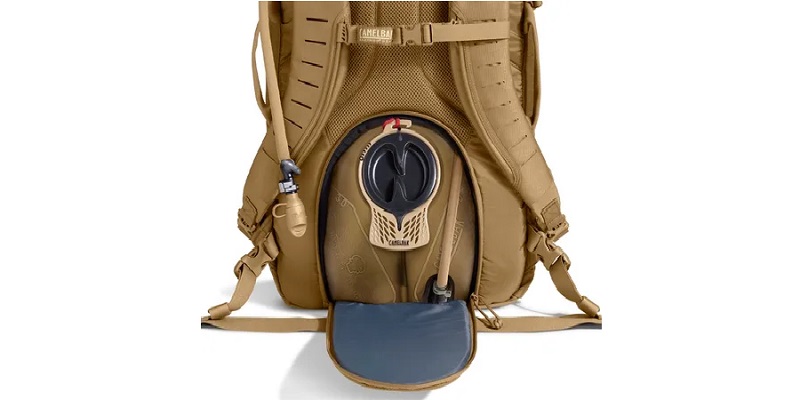
During a long-term combat mission, water maybe not be enough, and the ability to replenish it is often limited. Tactical hydration systems provide a significant supply of drinking water for several days. They can be worn as beg, inserted into a backpack, or attached with a MOLLE system.
The tactical flashlight is a durable, high-performance flashlight designed for use in emergency situations. They are generally smaller and lighter than traditional flashlights.
Military flashlights often have a higher light output than traditional flashlights, making them brighter and more powerful. They can also have multiple operating modes, as well as strobe or SOS modes.
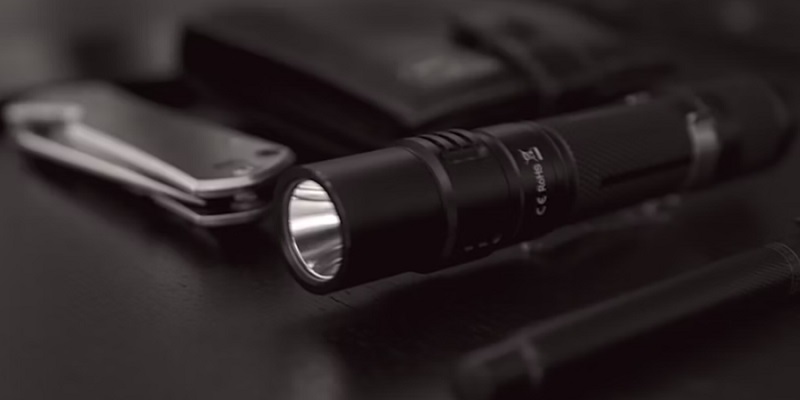
They may also have additional features designed to improve their functionality in the field conditions, such as reinforced construction, waterproofing, and shock resistance. Some tactical flashlights may also be equipped with a head intended for impact or self-defense, as well as a lock for easy portability.
With the development of technology, more and more devices are starting to use rechargeable batteries, which are replacing conventional batteries. Therefore, the presence of power banks is critically important in field conditions, because with their help you can charge a flashlight, a phone, a tactical tablet, and even a drone. It is best to choose power banks with the largest possible capacity in a durable case.
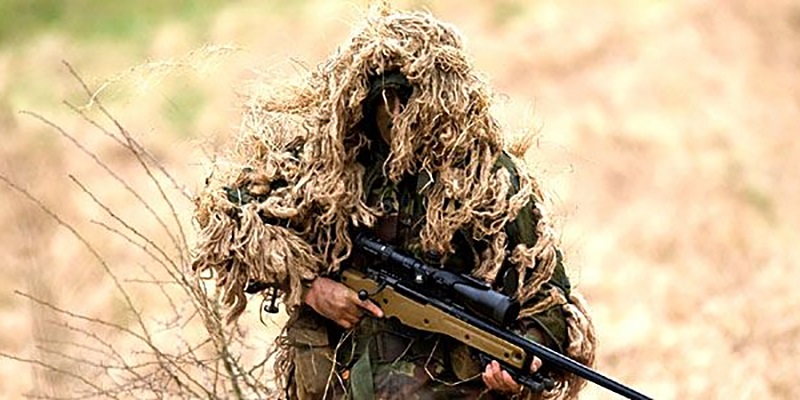
Camouflage is used by military personnel to blend in with their surroundings and avoid detection by enemy forces. Camouflage can take many different forms, including patterns, colors, and textures.
Camouflage netting is usually made from strong and lightweight materials such as nylon or polyester and is available in a variety of colors to match the environment. It is often used to cover vehicles, weapons, and other equipment, as well as to create temporary shelters or hideouts.
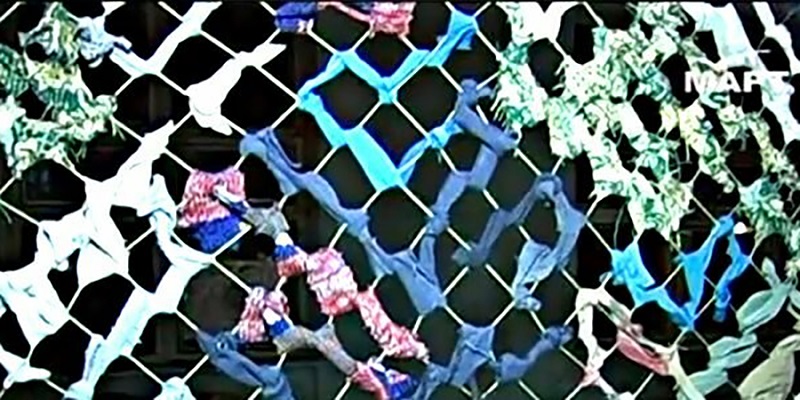
The netting is typically designed to be easily deployed and removed and is often treated with an anti-glare coating to minimize reflections and improve camouflage. Overall, tactical camouflage netting is an essential tool for military personnel and other groups that need to remain concealed and protected in a variety of environments and situations.
Usually, it is used to camouflage weapons or other military ammunition. It can also be used for thermal insulation and protects against glare. Masking tape should be applied very carefully to the weapon, so as not to block the mobility of the mechanisms and not to disrupt its functionality.
They are used for applying to open areas of the body – face, hands, etc. Camouflage cream paint is applied in wide, non-parallel diagonals, thanks to which the horizontal lines of the eyes and mouth, and the vertical line of the nose, become invisible.
Some types of camo face paint:
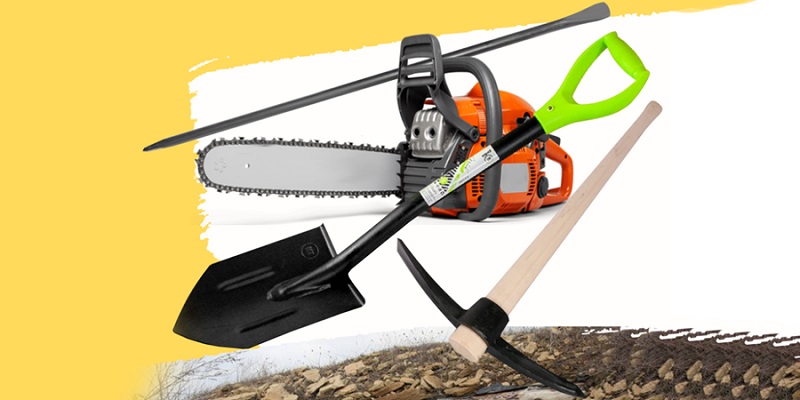
Tools are essential to ensuring the readiness and effectiveness of armed forces. This allows ukrainian military personnel to carry out their missions both in peacetime and in times of conflict, providing them with the necessary resources and level of comfort.
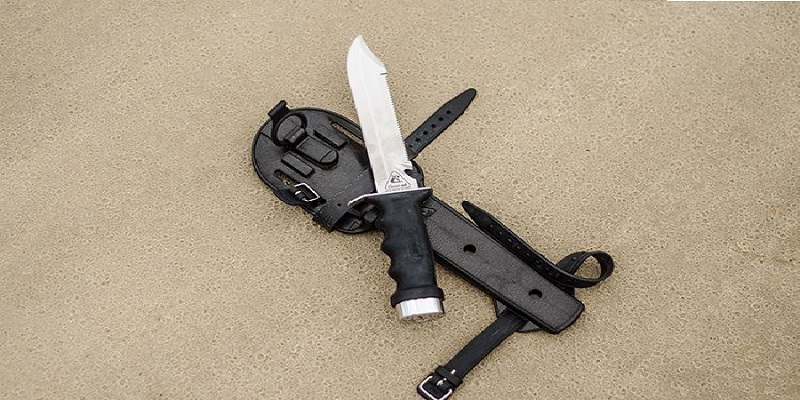
Tactical knives are made of high-quality steel and designed both for inflicting maximum damage on the enemy and for household needs. In some cases, the knife can be adapted to a firearm in the form of a bayonet.
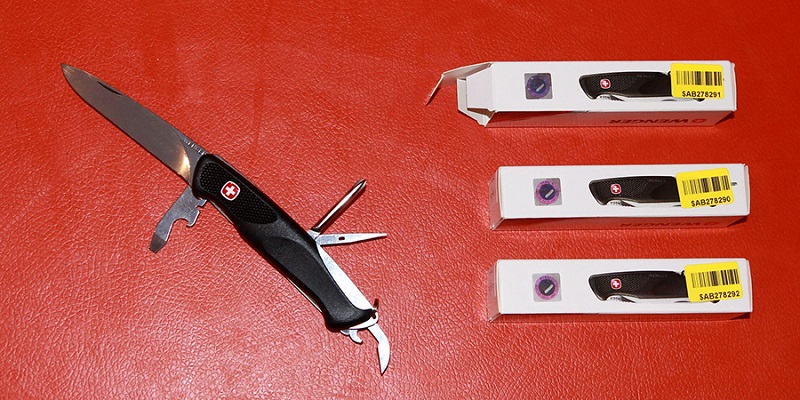
Multitools are versatile portable tools that combine several functions in one device. They usually include a number of different tools such as pliers, knives, screwdrivers, saws, scissors and can openers, and many others. This makes them useful for a variety of tasks both indoors and outdoors.
The military uses an axe for a variety of tasks, such as felling trees, splitting logs, and chopping firewood. Thanks to wood, it is possible to quickly equip engineering structures or equip trenches with sides, which prevents soil collapse
A machete, on the other hand, is a large heavy knife with a wide blade that is typically used to cut through thick vegetation such as tall grass, thick bushes, and small branches. This, in turn, increases the passability and maneuverability of military units in forested areas.
A sapper shovel is a variety of shovels that are designed for military use. This is a compact portable inventory, which can be used to make pits, trenches, and other defensive positions, as well as for clearing passages, such as prickly drіt and mines.
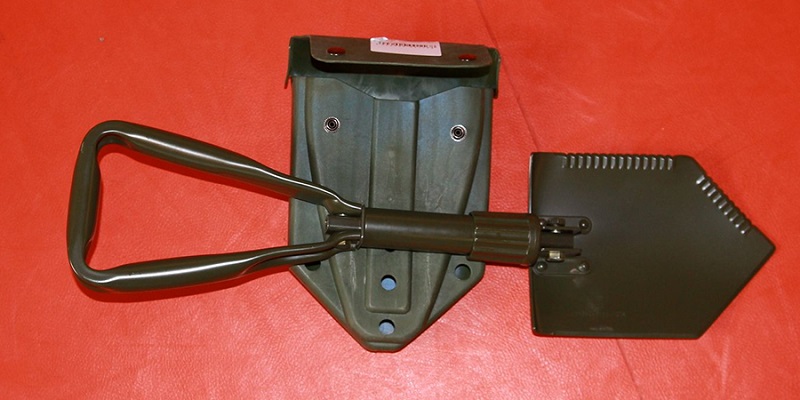
Sapper shovels usually have a folding or collapsible handle and blade, which makes them easier to carry and store. The blade is usually made of steel and can be used for digging, cutting, and chopping. Some models also have serrated edges for sawing roots and other hard materials.
Pickaxe is used for digging trenches in hard soils, and for splitting stone. It is an indispensable tool, as it allows it to penetrate the soil deeper, and also helps in clearing the ground from roots and other obstacles.
So, as we can see from the above, military equipment not only provides a certain level of comfort for soldiers but can also save life and health. In addition, some of its types can provide a tactical advantage over the enemy and the successful completion of a combat mission. The choice of military equipment must be approached taking into account its tactical and technical characteristics and the expediency of its use in a particular situation.